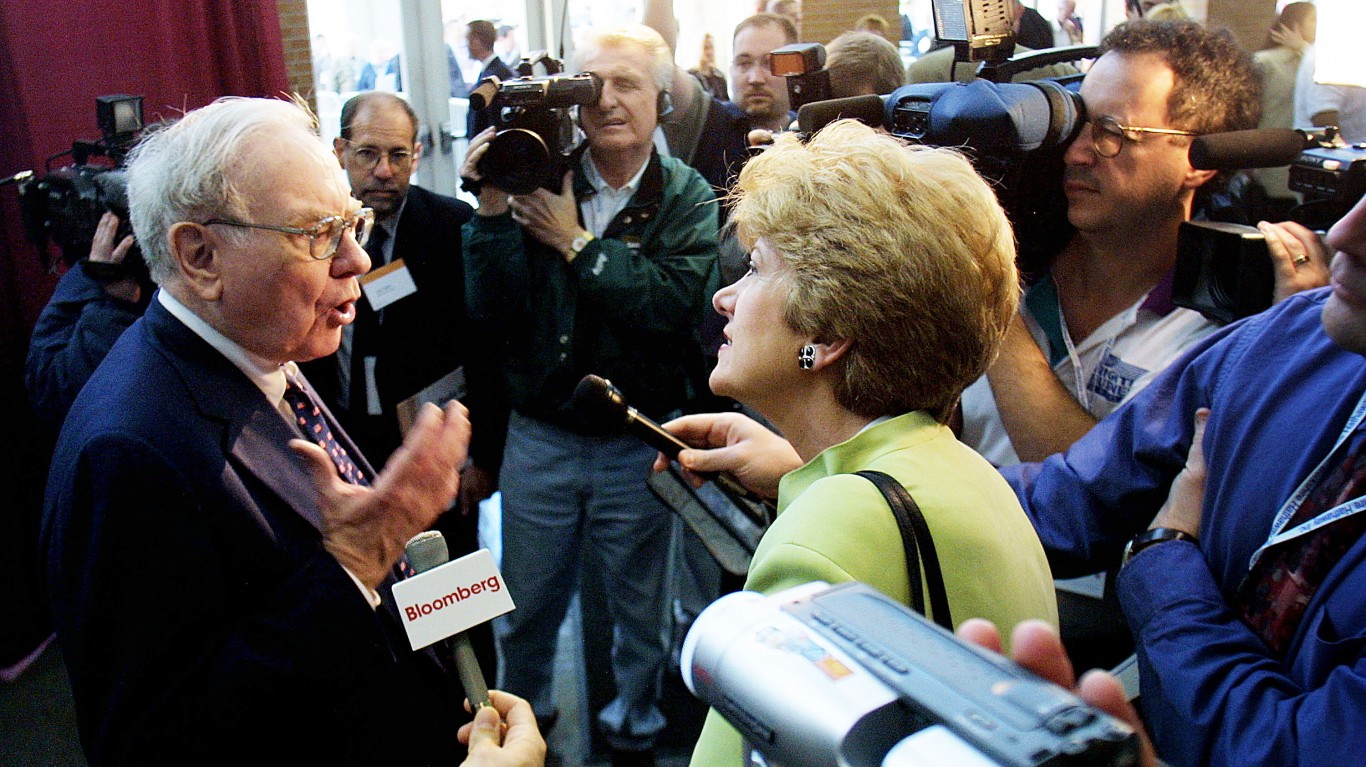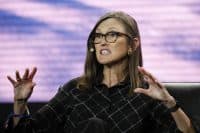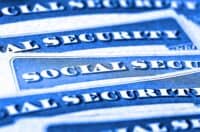 A great deal of the discussion about Walt Disney’s (NYSE: DIS) unexpectedly strong earnings revolved around the fact that movie bomb “John Carter” had not crippled overall earnings per share. And the markets looked toward the future and an anticipated windfall from the unprecedented success of “The Avengers,” which took in more than $200 million in its U.S. debut weekend — a record. Less was said about the roaring success of Disney’s theme parks, which are a reasonable proxy for family consumer spending in the United States.
A great deal of the discussion about Walt Disney’s (NYSE: DIS) unexpectedly strong earnings revolved around the fact that movie bomb “John Carter” had not crippled overall earnings per share. And the markets looked toward the future and an anticipated windfall from the unprecedented success of “The Avengers,” which took in more than $200 million in its U.S. debut weekend — a record. Less was said about the roaring success of Disney’s theme parks, which are a reasonable proxy for family consumer spending in the United States.
Disney has net profits of $1.14 billion, up 21% from the same quarter a year ago. Revenue rose 6% to $9.63 billion. The largest improvement among Disney divisions was in its Parks and Resorts operation. Revenue rose 10% to $2.9 billion. Segment profit was up 53% to $222 million.
The results of the theme park division were overshadowed by Disney’s Media Networks, which had $4.69 billion in revenue and $1.73 billion in segment profit. But Disney said this was driven by advertising revenue — a barometer that shows consumer goods and electronics companies feel confident about demand.
Theme part sales may be the single best measure of the willingness of consumers to lay out money they did not have a year ago. A visit to a Disney theme park usually involved air travel, a hotel stay, relatively expensive tickets and several days worth of food. Disney said as much:
Increased guest spending reflected higher average ticket prices, daily hotel room rates and food, beverage and merchandise spending.
Economists often look to car purchases and same-store sales at McDonald’s (NYSE: MCD) to gauge the consumer’s mood. Somewhere between $1 hamburgers and $25,000 vehicles is the cost of visiting a theme park. Cars and hamburgers are selling well. Tickets are too.
Douglas A. McIntyre
Take Charge of Your Retirement In Just A Few Minutes (Sponsor)
Retirement planning doesn’t have to feel overwhelming. The key is finding expert guidance—and SmartAsset’s simple quiz makes it easier than ever for you to connect with a vetted financial advisor.
Here’s how it works:
- Answer a Few Simple Questions. Tell us a bit about your goals and preferences—it only takes a few minutes!
- Get Matched with Vetted Advisors Our smart tool matches you with up to three pre-screened, vetted advisors who serve your area and are held to a fiduciary standard to act in your best interests. Click here to begin
- Choose Your Fit Review their profiles, schedule an introductory call (or meet in person), and select the advisor who feel is right for you.
Why wait? Start building the retirement you’ve always dreamed of. Click here to get started today!
Thank you for reading! Have some feedback for us?
Contact the 24/7 Wall St. editorial team.





